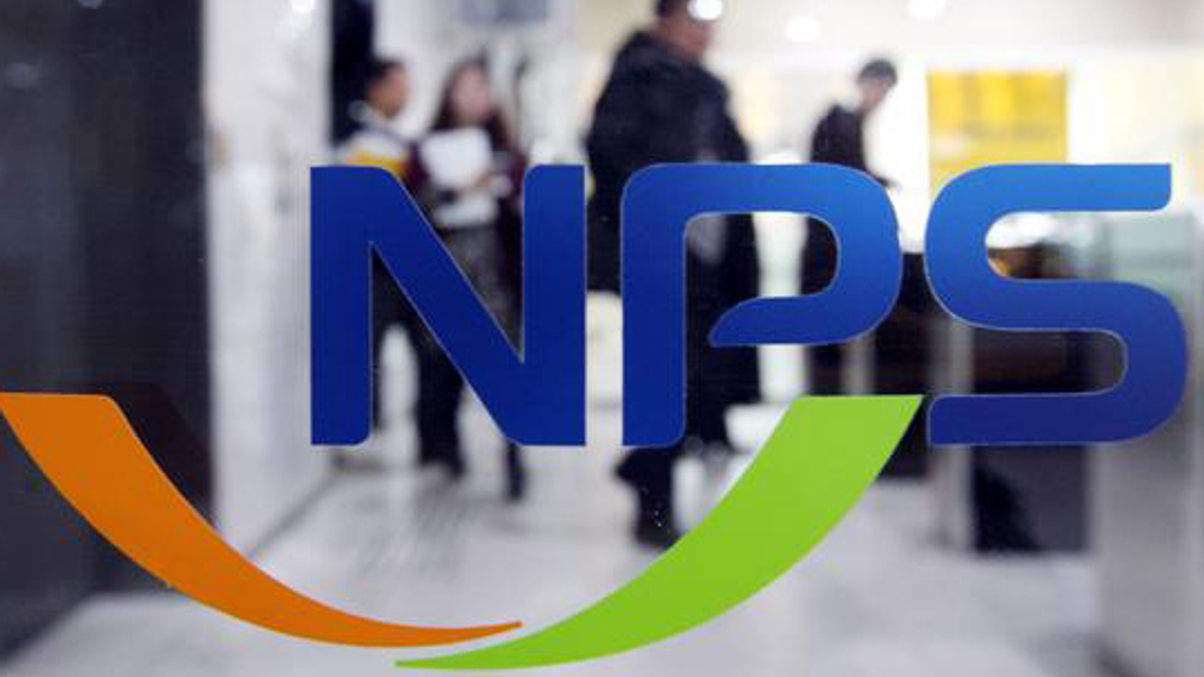Nimbler NPS to help unleash bolder alts approach
A more streamlined decision-making process could help Korea’s public pension fund to benefit more from alternatives as it hunts higher and more stable returns.

National Pension Fund (NPS) has outlined plans for a bolder and broader approach to investing in alternatives, and not a moment too soon after the Korean behemoth posted a negative overall return last year.
Sign in to read on!
Registered users get 2 free articles in 30 days.
Subscribers have full unlimited access to AsianInvestor
Not signed up? New users get 2 free articles per month, plus a 7-day unlimited free trial.
¬ Haymarket Media Limited. All rights reserved.


